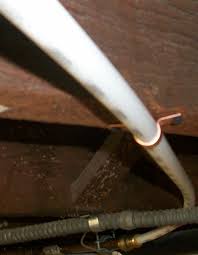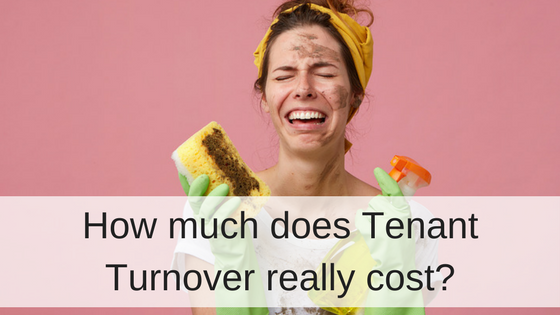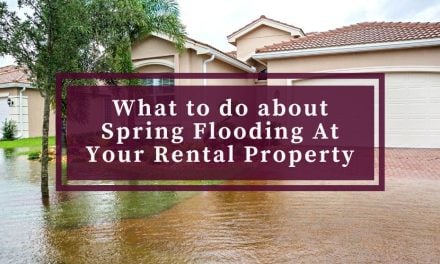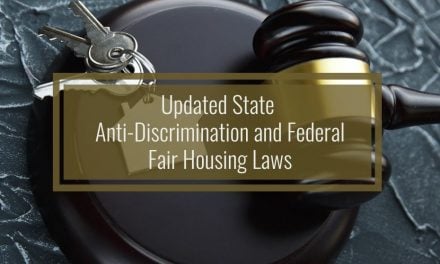 Working for Rentec Direct and owning a few of my own rental properties I here about issues of risk day in and day out. Controlling risk as a landlord or property manager is one of the keys to success. Knowing how to personally, or training staff to, spot and remedy risks at a rental property is essential and could save you a lot of money.
Working for Rentec Direct and owning a few of my own rental properties I here about issues of risk day in and day out. Controlling risk as a landlord or property manager is one of the keys to success. Knowing how to personally, or training staff to, spot and remedy risks at a rental property is essential and could save you a lot of money.
Controlling risk is many faceted but some key factors and ways to manage risk include;
1. Remove the Risk
This can include, If you have a deck that has rotting boards replacing the deck. Playground equipment that could be outdated and potentially fail should definitely be removed. If there is moisture accumulation and there is mold growth, hire a mold remediation professional and have the ventilation or moisture issue resolved. Dead tree limbs should be removed. This is the most permanent solution to controlling risk and is generally the best option if possible.
2. Managing the Risk
Planning for adverse situations can make a big difference in your and your tenants ability to prepare for a risky situation. For example, we cannot control the weather but we can prepare our tenants for flooding or earthquakes by providing them with an emergency plan. Emergency plans that include a notification system and a list of local places to take shelter could be given to tenants upon move-in with periodic reminders throughout their tenancy. Managing risks will not prevent them from happening but will make sure that everyone is better prepared for it.
3. Reduce the Potential of Risk
Controlling risk requires pro-active management by the landlord or Property Manager and the ability to handle situations when they do occur. Performing inspections at least annually to ensure that everything on the property is in good working order will greatly reduce the chance of adverse events or excessive damage from occurring. Some of the items that need to be inspected for proper function and maintenance include hvac systems, roof, appliances, decks, general infrastructure of the building.





